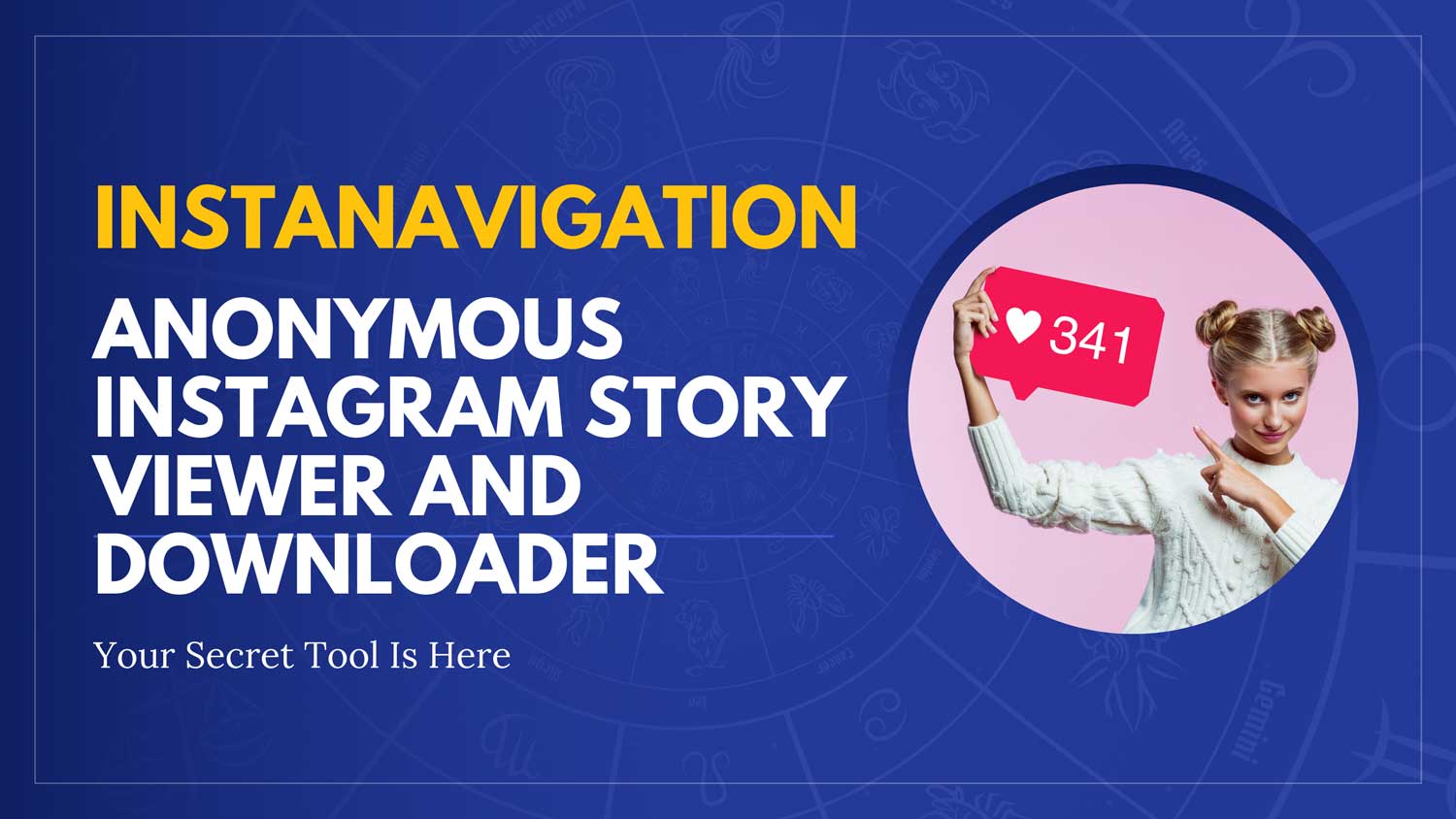Technology has been advancing at an astonishing rate for decades now. Healthcare today has access to AI and machine learning technology, 3D printing, bio-printing, VR and AR technology, nanotechnology, robotics, telehealth, and more. Increasingly healthcare is reaching levels of science fiction as what was a pipe dream slowly becomes a reality.
Regardless of how you see the future of healthcare, there is one pervasive misconception that needs to be addressed first. This misconception is that robots and other technologies are set to make doctors and nurses obsolete. The reality is quite the opposite. In order to effectively use these new technologies, more medical and healthcare staff are going to be essential.
Part of this is that there will need to be more specialists that are trained and certified to use these new technologies. Part of it is the growing demand for healthcare and also the growing population.
Healthcare jobs aren’t going anywhere. In fact, despite improving healthcare structures and access to healthcare being one of the main sustainable development goals, there will still be an estimated 18 million shortages around the world by 2030.
Technology is certainly there to help improve the quality of healthcare and can help ease over the pain these shortages will cause, but it in no way will take the place of hardworking people. Instead, it will, in more cases than not, add jobs.
Top Technological Innovations in Healthcare Today
Technology has been changing and improving healthcare since the beginning, but the rapid evolvement of technology today has brought on changes faster and more encompassing than many institutions know how to accurately address. Healthcare leaders in the future are going to have a huge challenge ahead of them when it comes to successfully integrating these new technologies, but it is a challenge more than worth the effort. These top technologies are set to complete change and improve healthcare today:
Machine Learning (AI)
You will hear a lot about AI taking the lead and revolutionizing many different tools and sectors around the world. Though the tools used are colloquially referred to as artificial intelligence, technically, the technology is known as machine learning. AI itself is still not a reality, at least in Alan Turing’s definition.
What we do currently have is the ability to design programs that learn and adapt. Machine learning is a very powerful tool, but it is still one that needs direction and human leadership. Where these technologies truly come into their own and shine is when it comes to dealing with massive amounts of data in a confidential, respectful manner.
Mining data from medical records can help improve diagnostic tools. It can help researchers and medical personnel better understand symptoms and what to expect. Blockchain technology will also be important in the future in regards to this mining of information, as it works to encrypt and secure private data better while simultaneously allowing access to the anonymized data for research and development.
There are many successful examples of AI or machine learning being used to improve care and diagnostics. Atomwise, a startup that launched seven years ago, created a tool that searched for existing medicines that could be re-engineered so that they could better treat the Ebola virus. The firm then found two drugs thanks to the predictive technology of Atomwise’s program.
DeepMind, a Google program, has also improved healthcare. Its program exceeded performance levels by 11.5% and has worked to better distinguish and diagnose breast cancer.
VR and AR
Virtual reality and augmented reality aren’t just exciting technologies in entertainment and marketing but in healthcare as well. In healthcare, of course, VR and AR are beneficial in two main areas; patient care and in clinical training. Studies have found that VR trained surgeons performed 230% better than their traditionally-trained counterparts, for example.
Patients also enjoy an improved experience thanks to VR. Though it is holistic, being able to visualize and see soothing or interesting places through a VR headset can help reduce pain and distress and is ideal for those bedbound for a number of reasons.
Augmented reality, which is a program that allows digital figures to appear through a camera-based app, is another excellent training tool. However, the tools in question are still being developed, and all products are still in their research phase. If and when they are brought to the market, however, they could potentially improve training for a variety of clinical specialists.
Health Trackers
Health trackers are now very familiar to the public. Wearable watches, the ability to count steps with your phone, and so on have been used successfully for years now. This is great news because it makes the introduction of more advanced health trackers more seamless.
These trackers, wearables, and other sensors are essential for telehealth to really take off. Though not everyone realistically needs to have their health monitored 24/7, those with ongoing conditions, diseases, and concerns do. Someone who is at risk of a heart attack or stroke could benefit from having their health monitored remotely. The elderly, those living with cancer, and other conditions can all benefit.
These devices would send out ongoing reports to your healthcare provider. If there is an outlier or metrics that are cause for concern, your doctor and medical specialists will be notified, and appropriate action can be taken.
Medical Diagnostic Tool
Diagnostic tools are varied and not always accessible, depending on the size of the clinic and the cost of the diagnostic tool or method. The good news is that there are many all-in-one diagnostic tools being developed as we speak. The goal is to be able to better diagnose conditions faster and more easily on a smaller scale, so patients don’t need to be referred to specialists or to large hospitals in order to get their readings.
These diagnostic tools will go a long way towards decentralizing healthcare. It means more clinics and physicians will be able to provide better preventative care and work to treat conditions in earlier stages.
Nanotechnology
If there is one technological advancement that sounds like science fiction, it is nanotechnology, and yet research and development is bringing such a tool to the healthcare industry at this very moment. Not only is there increased development but there are also existing tools that medical professionals use today. One of the most common is a pill cam that allows patients to simply swallow a device the size of a pill. This pill then goes through the digestive tract and colon. The goal is to have the pill wirelessly controlled and able to relay analysis information as it goes.
Smart patches are another nanotech tool that has been developed and will likely become integrated into health and care. The one that was just revealed in 2020 by a French company monitors wounds and works to help heal wounds more efficiently.
3D Printing
3D printing is becoming a commonly used tool. While 3D printing has some very obvious and already implemented uses, the real interest is in bioprinting. By being able to print living skin, or by 3D printing drugs, we can provide better and more targeted care on a grander scale.
At minimum 3D printing allows for better casts, grafts, and healing aids to be created, as they can be printed specifically to the patient’s physiological needs and form. Though not widely available, we have been able to 3D print blood vessels, cells, bio tissues, pills, and of course, artificial limbs and casts.
Personalized care is the way forward for healthcare, and 3D printing is just one of the more important tools that will need to be used to get us there.
Robotics Technology
Robotics is another science-fiction tool that is becoming rapidly more advanced. Robotics engineers have been creating large, human-shaped helper bots that can traverse a variety of terrains and perform increasingly complex jobs. They will be instrumental as humanity pushes past the reaches of our world and starts exploration into space, but that isn’t the only place where robotics are changing the way we do things.
The robotics in question have a variety of uses in healthcare. The most notable and common use of robotics is as aids. From surgical robots to pharmabots, there are many ways that robots today are helping ease the workload of overworked professionals and improving the precision and results of healthcare treatments.
Exoskeletons, however, are where robotics has truly thrived. In 2019 the first exoskeleton-aided surgery was performed, and also in that same year, a tetraplegic man was able to control an exoskeleton by using signals from his brain.
Robotics will eventually become the norm, and they will be available to help the elderly and those with disabilities gain a greater level of independence. Robotics will also be at the heart of the next generation of prosthetics, surgical tools, and more.
Where robotics can go is massive, and it will change the level of personalization and quality of care available to each person.
How Is the Healthcare Industry Responding?
Healthcare as a whole is facing a massive challenge. Healthcare receives massive amounts of investment, and with that investment comes new treatments, pharmaceuticals, diagnostic tools, and of course, an increase in their ability to serve patients. Though all of these are beneficial to patients actually integrating these new tools and training up such a massive workforce is a challenge that will need to be met directly in order for patients to really experience the benefits of these improvements to healthcare.
Improving healthcare and access to healthcare is one of the sustainable development goals outlined by the United Nations. Though the SDG 3c, in particular, places emphasis on increasing healthcare systems in developing areas that have had a historical or recent lack of healthcare options, the fact holds true throughout the world.
There are shortages even in the richest, most developed nations. In the United States, Canada, and many other countries, there are issues with getting quality access to care to those who live in rural areas.
The WHO estimates that, by 2030, there will be around 40 million new healthcare personnel, but at the same time, there will still be a global shortage of approximately 18 million. New technologies will certainly help mitigate the shortages, but with these new technologies, there needs to be a greater emphasis on healthcare leadership.
The next generation of executive managers and administrators in healthcare need to be trained and prepared for the massive shifts that will be impacting and directing the future of healthcare in the coming future. Rather than earn an MBA with a concentration in healthcare management, they need a far more directed and focused approach towards their education.
An Executive Master of Health Administration online is set to change that. Not only does the online education model allow for more professionals to study and learn better approaches towards healthcare management as a whole, but it also covers everything you need. You will learn healthcare systems and policy, which goes over the history and evolution of healthcare and also how your national healthcare system works with and compares to global institutions around the world. You will also learn leadership and management skills, information technology and data analytics, and of course, innovation and change in healthcare.
Being able to prepare and better lead healthcare through the future is how all the new technological advances will be adopted more readily and efficiently. At the end of the day, a tool is just an object, it is how healthcare uses these new tools that will dictate how useful they become to healthcare and patients overall.
With more advanced challenges than ever, a growing population, and new paradigms when it comes to care and prevention, healthcare leaders have a big challenge ahead of them. The good news is that just as the demands of the job increase, so too do the tools available. The next generation of healthcare leaders will be better trained both with IT and analytics in mind, allowing them to make better decisions every day.









